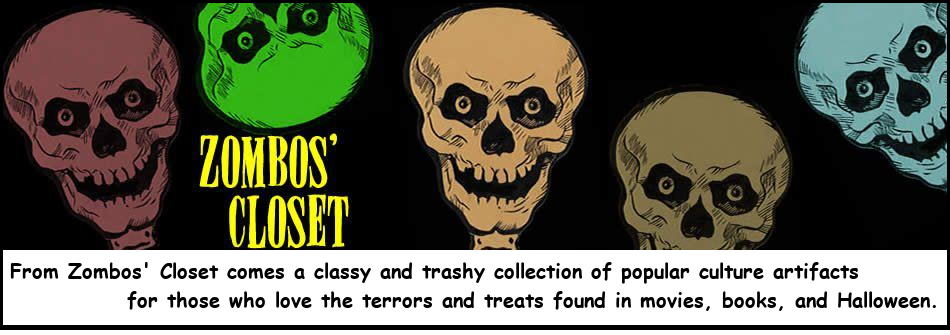 Here’s my review for Threshold by Murphy St. John that appeared in The Horror Zine.
Here’s my review for Threshold by Murphy St. John that appeared in The Horror Zine.
Malcolm is having a rough night. First there is the suicide in the apartment next to his, smelling up the place, and then when he tries to wheelbarrow the body as far away from his nose as he can, his mouth suddenly tastes salt water and his feet are slipping on a sandy beach. The jungle nearby clues him in on the something-is-wrong possibility. Of course, he soon learns he is dead too, but that turns out to be the least of his problems.
Murphy St. John keeps pushing the threshold for Malcolm and his fellow bewildered travelers he meets in this self-published novel, aptly titled Threshold. I will state up front that the book is good, with a fast, pulp-style pace, is descriptively weird enough with ample monsters to beset them—especially if you are into religious-based nightmares—and certainly well worth your summer reading time spent alongside a nice cold glass of lemonade (or, if you prefer, in the fall, with a nice cup of hot tea). I felt I needed to say this now because self-publishing has a stigma attached to it for some readers, but Threshold is not problematic regarding editing or writing cred, not one bit.
But the problems Malcolm and his confused companions face are definitely a mix of unpleasant things, following one after the other. Ellis, Annette, Cameron, Doug, and Travis, each with a good reason bad enough to get them running room only in limbo, have to face various challenges orchestrated by Thalia, a mask-wearing demi-god, with demonic leanings and a tight schedule to keep. Winning each challenge, to work together to survive, gets them further up the celestial sphere so they can go back to the living, properly chastened. Losing means a fast trip to the hot basement of endless torment.
So, of course, they start fighting among themselves as much as they try to outlast Thalia’s dark minions, the frayed, and her wicked games of damnation. All of which provides the story’s momentum through dialog, puzzling solutions, and escalating fraying nerves and tempers. Interestingly, St. John set up Malcolm in the beginning—will he or won’t he survive, what’s his story anyway?—as something of a leader for the group, but then St. John twists Malcolm to a different direction; one decidedly more downward leaning. Another takes his leadership role to keep everything together (as in body parts) and moving forward. Bodies and minds begin to buckle under the strain of trying to stay alive, which paradoxically, in their cases, means less dead, and trying to figure out where each portal is to the next dire situation before the frayed gobble them up.
Like in a video game with multi-levels, each win or loss brings with it a new terror-filled scenario to surmount. St. John creates his symbolic monsters based on the sins each person has committed, although they cannot remember those sins, as Thalia reminds them, “whether you remember or not, you’re in my domain for a reason. Rehabilitation.” She has a funny sense of rehabilitation.
In Greek mythology, Thalia was one of the Muses, presiding over comedy and idyllic poetry. Clearly, St. John’s Thalia is not in that family. She has none of that refinement, unless black comedy, and a penchant for deathtraps like you see in the Saw movie franchise could be called poetic. But that is not to say there is gore because the action is more sardonic than gratuitously bloody. St. John makes both monsters and victims players in a grander scheme involving redemption versus damnation, with both acting as pawns. His limbo is a dark landscape filled with trapped people looking for souls to leverage their escape, and a lot of doom and gloom to spice it all up. And always at Malcolm’s and the others’ heels are the frayed, dark things that devour everything in the wink of an eye, employed by Thalia to keep things lively.
Malcolm and the others also have a mystery to solve: what ties them altogether? Slowly, memories return and past deeds reveal themselves, but they are running out of time and as Thalia clarifies it for them, “You’re all on the express train to hell.” Lucky for us, St. John makes it one hell of a ride.














